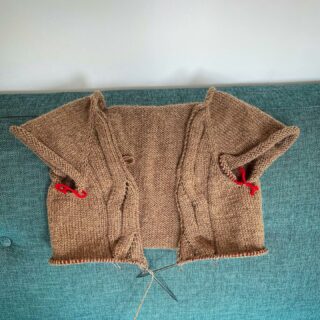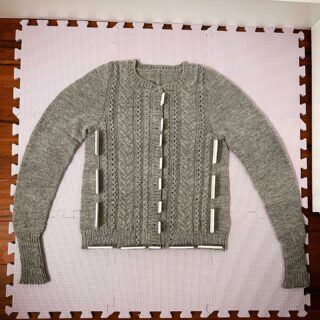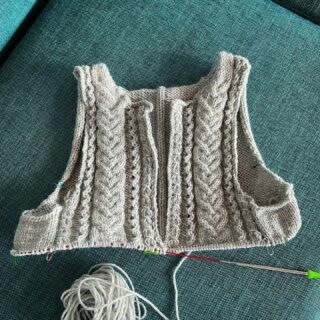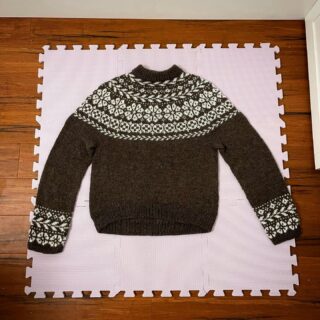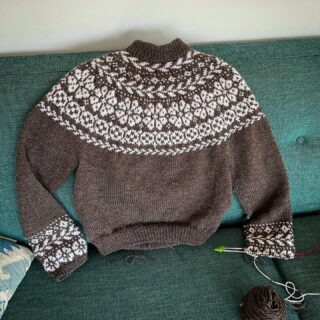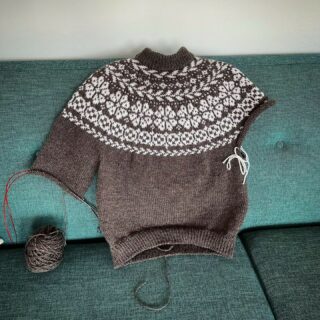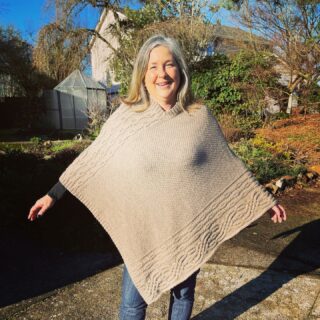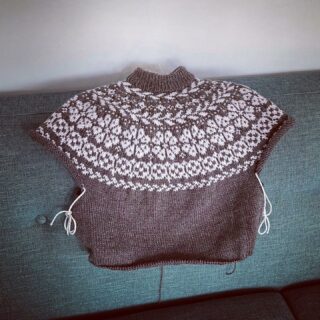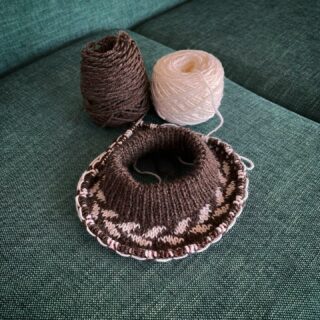
Sock Knitting: A Review of Two Different Patterns
An honest review of two different "beginner friendly" sock patterns as a novice sock knitter: Simple Socks by Emily Bolduan and Hermione's Everyday Socks by Erica Lueder, with links to each one on Ravelry! I also offer my opinion on top-down vs. toe-up, short rows vs. heel-flap and gusset for turning the heel, and provide a link to a great tutorial on how to do Judy's Magic Cast On for toe-up socks.
I’ve been a knitter for a majority of my life and it wasn’t until recently that I knit my first pair of socks. I had glanced through a few sock patterns over the years and the instructions always seemed really complicated. Here is a bit of advice that was given to me in regards to knitting socks: do exactly what the instructions say when they say it and don’t try to skim ahead. All of the techniques on their own are simple enough, it was only when I was trying to skim ahead that the instructions stopped making sense because I couldn’t see what was supposed to be on the needles in front of me.
Pattern One: Simple Socks
The first sock pattern I finished was Emily Bolduan’s Simple Socks. It says “simple” right in the name and the pattern was free, so it seemed like the perfect start! These socks are knit from the toe up and feature a mitered short row heel. The instructions include helpful tips throughout, including when to switch colors if using a CC for heel/toe and when to start a lifeline before the heel if you are feeling unsure about it. I found the pattern overall to be really well written and easy to follow, which says something considering it was my first attempt at knitting socks.

My finished socks from this pattern are not my favorite. While I matched gauge and knit the size that would fit foot, the socks only “fit” for the first few minutes I have them on my foot. They immediately stretch out and become too loose to wear with shoes without them slipping all the way down my foot. Perhaps it was the choice of yarn (CraftSlayer Yarns 75/25 SW Merino/Nylon), but I suspect it is just the way the stockinette fabric stretches without being able to recover. If I were to knit this pattern again, I would either choose a smaller size or tweak the pattern to fit smaller than my actual foot size so it wouldn’t be so big after it stretches out. Something I did change from the pattern was my bind off. The pattern suggests Jeny’s Surprisingly Stretchy bind off or a decreasing bind-off, but I used a tubular bind-off to blend with the 1×1 rib. I feel like it’s a really stretchy bind-off that also looks great with a ribbed cuff.
Pattern Two: Hermione’s Everyday Socks
The second sock pattern I attempted was Hermione’s Everyday Socks by Erica Lueder. This pattern kept coming up as one of the top-rated sock patterns on Ravelry and was also free. As a huge Harry Potter fan, how could I not knit up a pair?! This pattern was also well-written, although not quite as easy to follow as the Simple Socks pattern. There was a bit more flipping back and forth between pages for me and fewer helpful tips than the Simple Socks. The texture pattern is a very easy 4 row repeat that made the socks more fun to knit than the Simple Socks though. Starting from the cuff and working down, these socks used a heel flap and gusset to turn the heel. I’m not going to lie, I had to find some YouTube videos on how to do a heel flap and gusset to understand what the instructions were asking me to do. For anyone who already knows how to do this sort of heel turn, the instructions are more than enough to go on. As a sock novice, I needed a little additional instruction to get the hang of it.
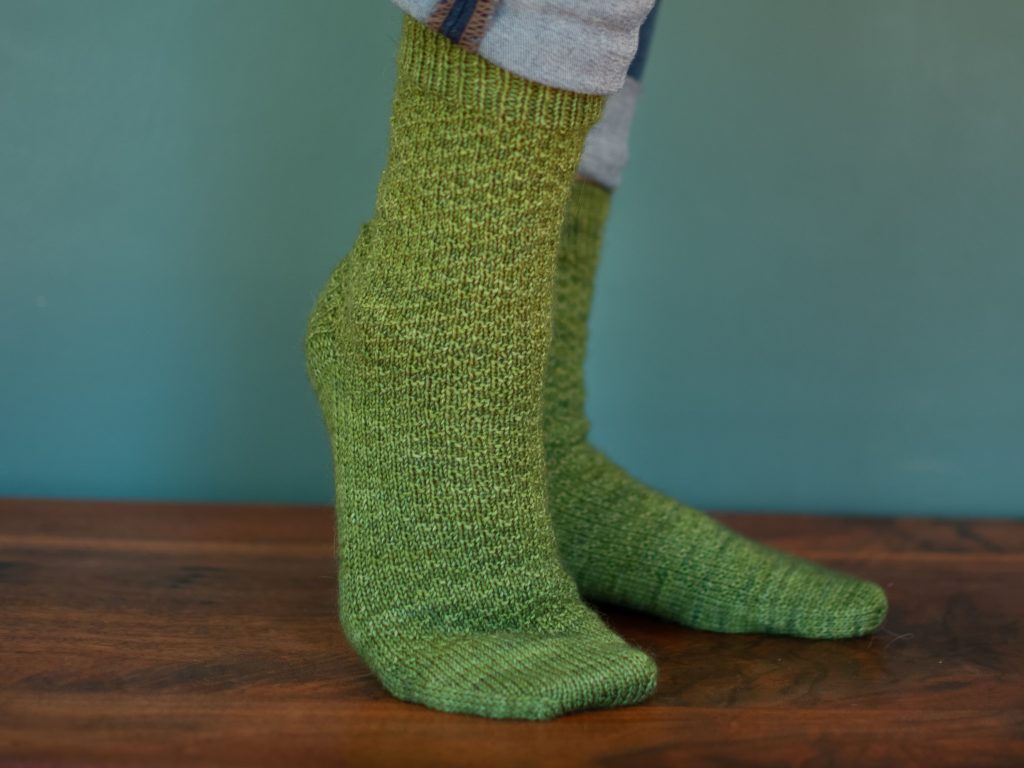
I like the finished socks from this pattern much better. The textured fabric has quite a bit of stretch to it, so it fits my foot much better than the Simple Socks. I used the same CraftSlayer Yarns 75/25 SW Merino/Nylon sock yarn as I did in the Simple Socks, which allowed me to compare the two different fabrics better. While they still stretch out a little after wearing, I can wear them with a pair of boots without the socks ending up all the way down at my toes. Hermione’s Everyday Socks called for needles one size smaller than the simple socks, yet the gauge was the same. Since I knew my gauge matched with the larger needles from Simple Socks and I needed a smaller size, I went ahead and used the smaller needles for a slightly tighter gauge. Combined with the stretchier textured fabric, the smaller gauge let one of the predetermined sizes in the pattern fit my foot better without me needing to alter the pattern myself. Something I would change if knitting this pattern again was my choice in cast on. Since the pattern didn’t specify, I went with a long-tail cast on, but do not feel like it is stretchy enough for the cuffs of socks. I would try out a tubular cast on to blend with the 1×1 rib and add a little more stretch.
Top-down vs Toe-up?
This is much like knitting a sweater from the top down or bottom up– every knitter most likely has a strong personal preference. Before knitting my first pair of socks, I had thought I would prefer knitting top-down socks since I prefer top-down sweater patterns. I was wrong. Toe-up sock knitting was not only easier for me to try on, but knitting from the toe-up gives the opportunity to knit the socks longer to use up extra yarn without playing yarn chicken as you approach the end. Knitting from the top-down, you have to estimate how much yarn you will need to finish the foot to know when to start the heel turn. The other big thing that influenced my opinion was the way the toes are constructed. With the toe-up socks, I used Judy’s Magic Cast-On for a seamless cast-on and increased up the sides. For the top-down socks, I seamed the toes closed with a Kitchener stitch after decreasing down the sides. In theory, I shouldn’t be able to feel a difference at the toes. They are nearly identical visually and if I didn’t know which was which, I would have a hard time telling. I can feel the difference when I’m wearing them though! The toe-up socks with Judy’s Magic Cast on feels much better at the tips of my toes than the pair I seamed together.

Short Rows vs. Heel Flap and Gusset?
The short row heel was definitely easier for me to knit since I was already familiar with short rows from various shawl and sweater patterns. I also felt like it resembled store bought socks more than the flap and gusset. However, the heel flap and gusset method of turning the heal made a sock that fit my bony ankles and narrow heel much better than the short row heel. If you also have narrow heels, I highly recommend the heel flap and gusset technique over the short rows. I also really liked how Hermione’s Everyday Socks used an eye of partridge stitch pattern for the heel flap, creating a squishier and more durable feeling heel that seems like it will hold up better to more wear. If you have wider heels or prefer a looser fit, then the short row heel might be a better option for you.
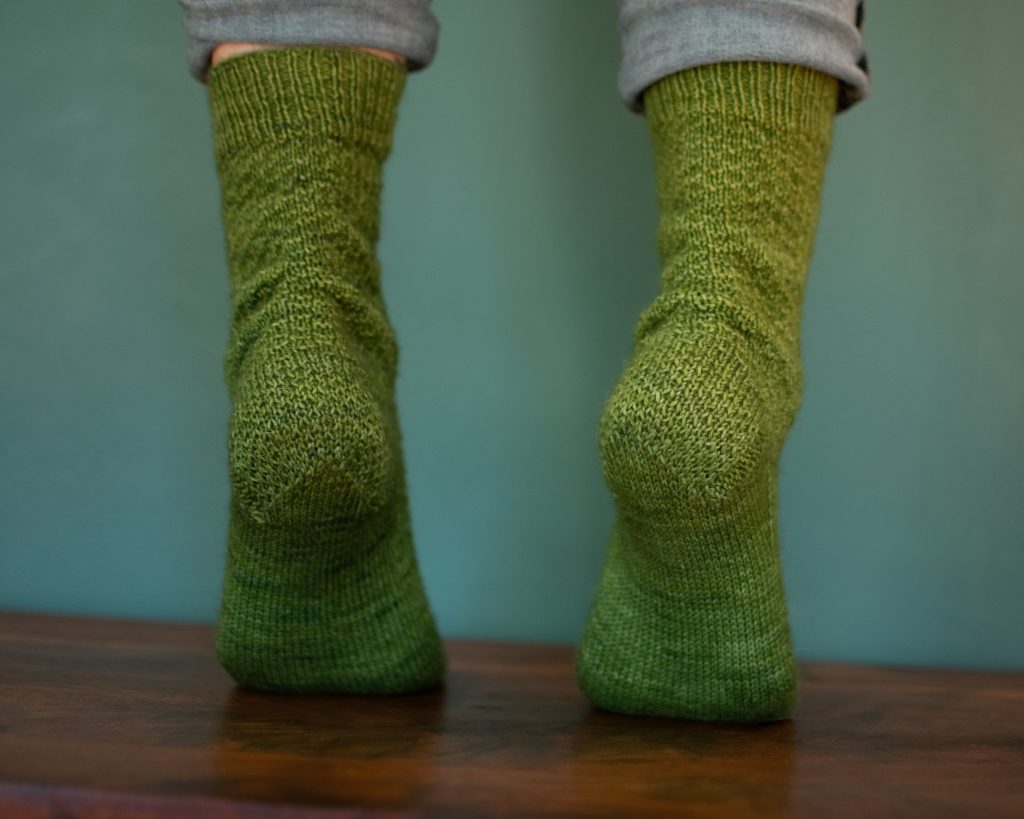
Conclusion
Both patterns were very well-written and easy to follow, although a little extra help from YouTube might be needed for a beginner knitter. The stockinette fabric of the Simple Socks pattern will fit more loosely than the textured fabric in Hermione’s Everyday Socks, so be sure to get an accurate gauge and pick a size (or modify the pattern) to fit your foot with negative ease. While Hermione’s Everyday Socks do not suggest a cast on, I highly recommend a very stretchy cast on as a standard Long-tail wasn’t quite stretchy enough for me. These were both great free sock patterns to dip your toes into sock knitting and I each of them will teach a new sock knitter many valuable lessons.


